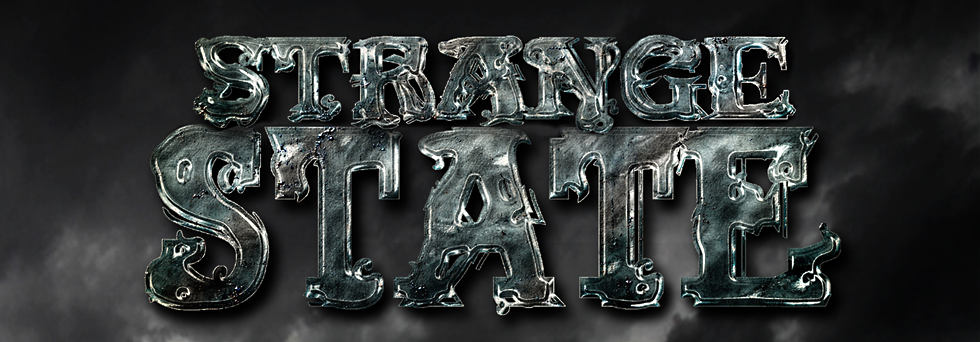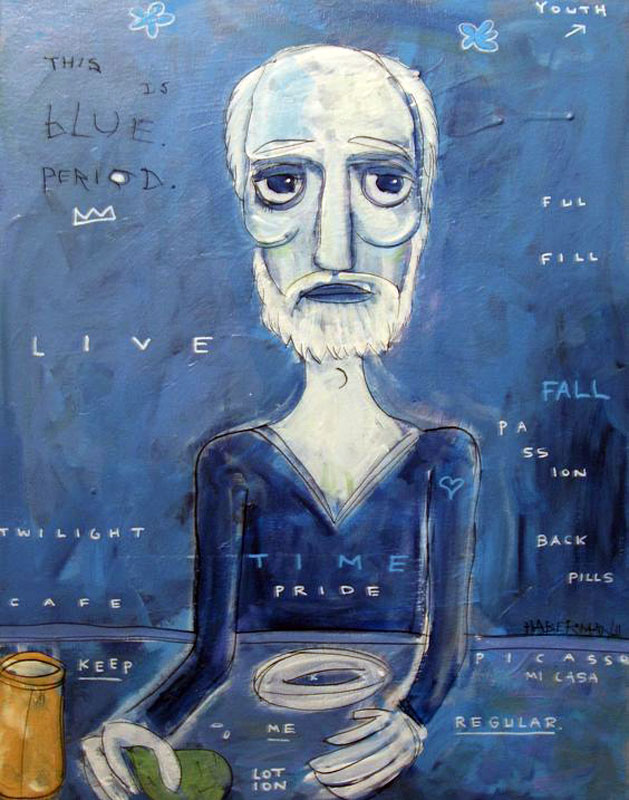 "No bird nested in the Nemeton, nor did any animal lurk nearby; the leaves constantly shivered though no breeze stirred. Altars stood in its midst, and the images of the gods. Every tree was stained with sacrificial blood. the very earth groaned, dead yews revived; unconsumed trees were surrounded with flame, and huge serpents twined round the oaks. The people feared to approach the grove, and even the priests [druids] would not walk there at midday or midnight lest he should then meet its divine guardian." -- Lucan, Pharsalia
"No bird nested in the Nemeton, nor did any animal lurk nearby; the leaves constantly shivered though no breeze stirred. Altars stood in its midst, and the images of the gods. Every tree was stained with sacrificial blood. the very earth groaned, dead yews revived; unconsumed trees were surrounded with flame, and huge serpents twined round the oaks. The people feared to approach the grove, and even the priests [druids] would not walk there at midday or midnight lest he should then meet its divine guardian." -- Lucan, PharsaliaTo the Celtic peoples, Nemeta were sacred places, often a copse or rock outcropping, utilized for ritual purposes. The goddess Nemetona was the divine guardian that Lucan spoke of. Given that even Romans such as Marcus Aurelius allied her with the war god Mars, it can be concluded that she was seen as fearful indeed.
These Nemeta can be found in Spain, Portugal, France, Germany, and in the UK and Ireland.
The Nemeton derives its name from the Latin nemus (plural: nemora), meaning forest or woods. The related word, Lucus, refers specifically to a sacred grove.


